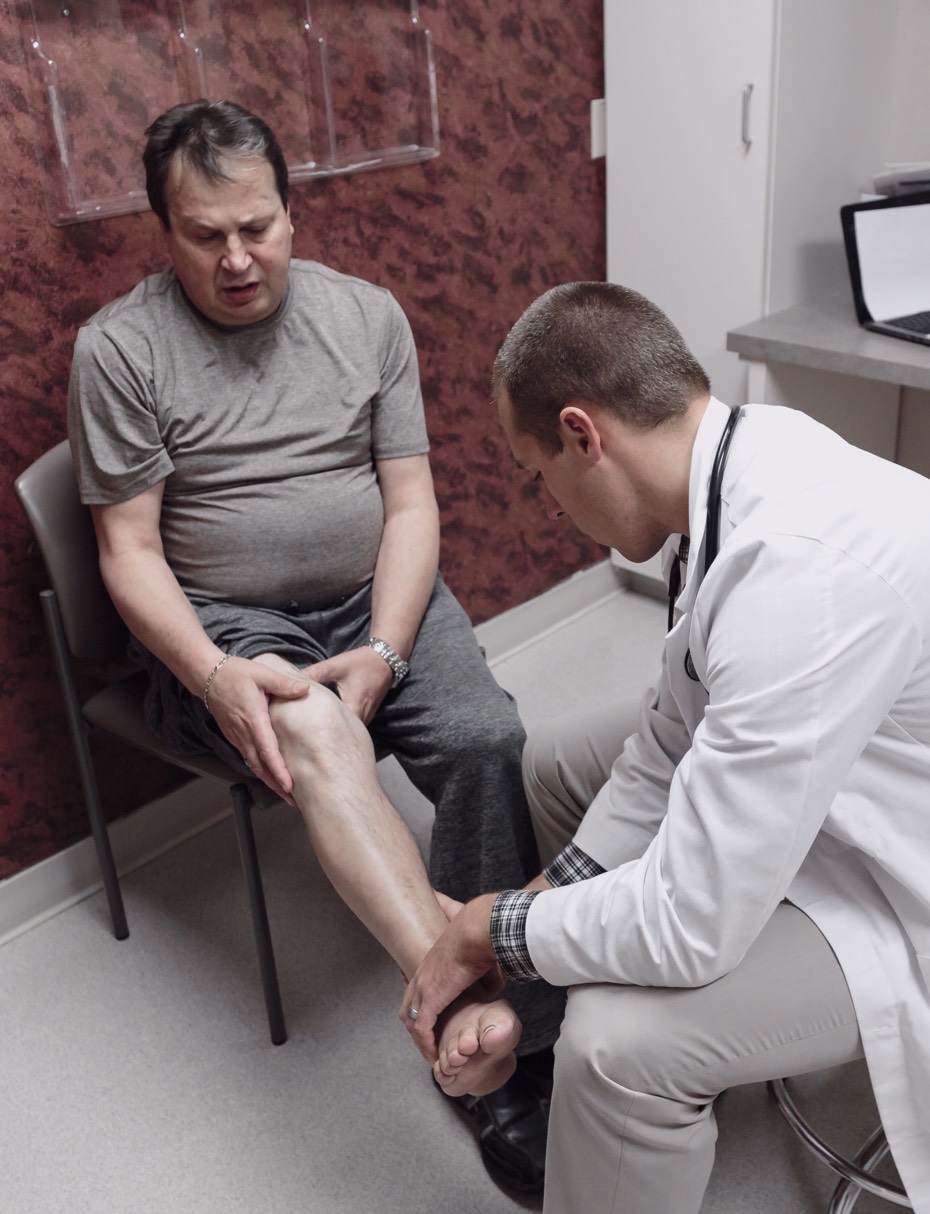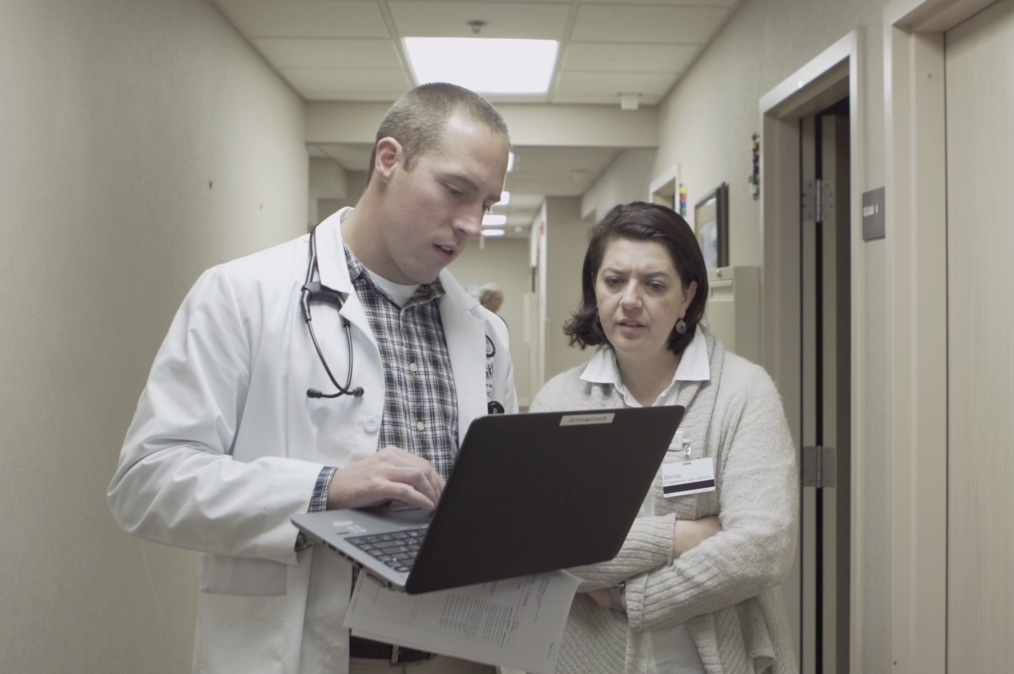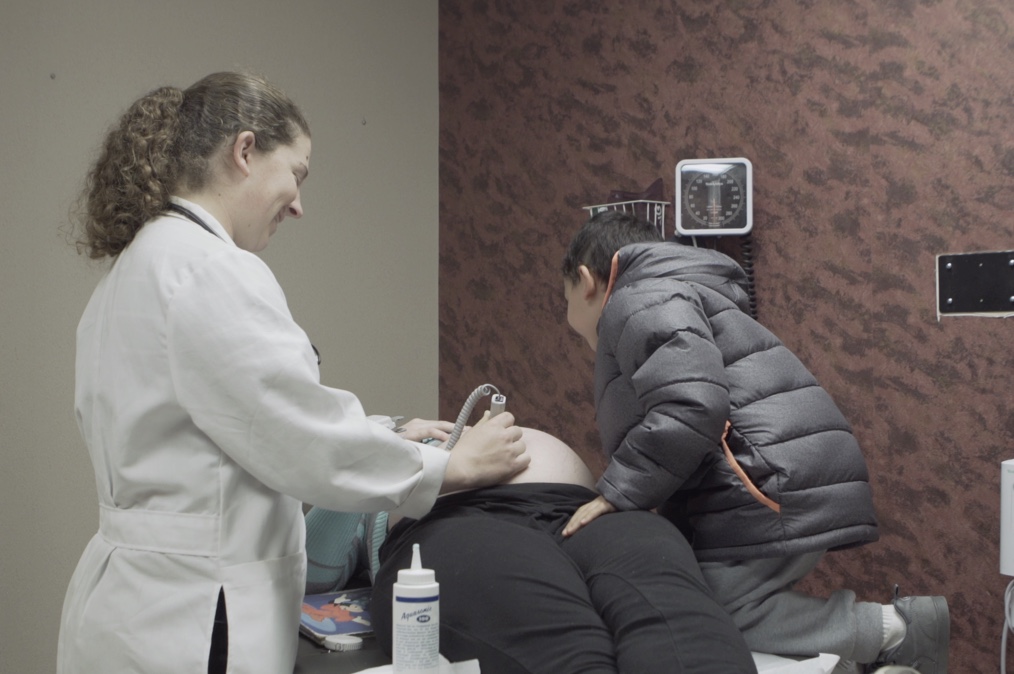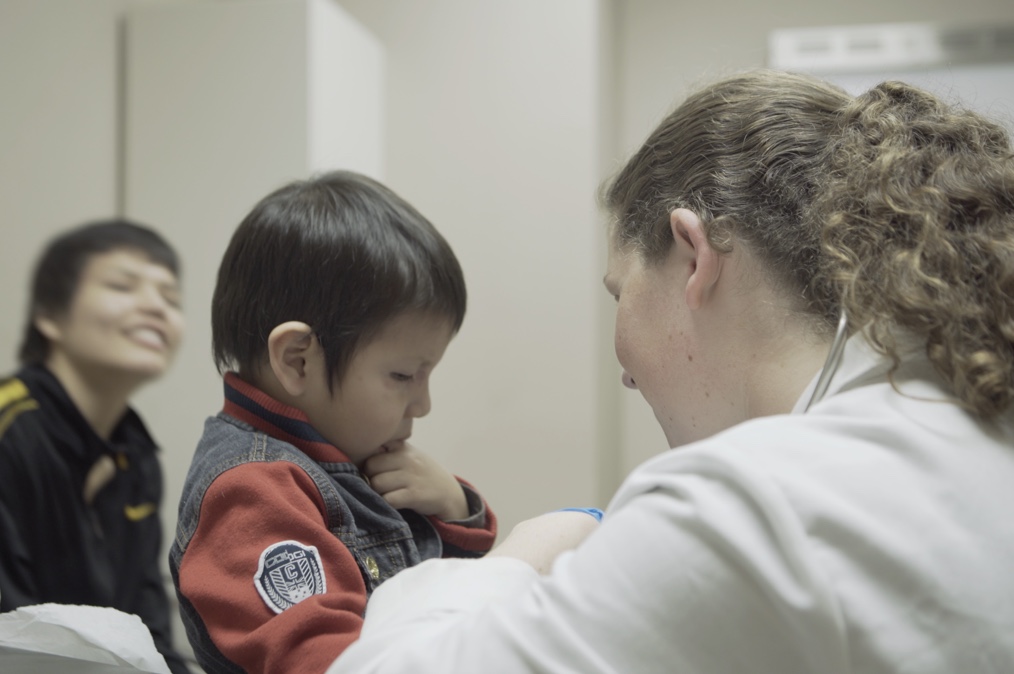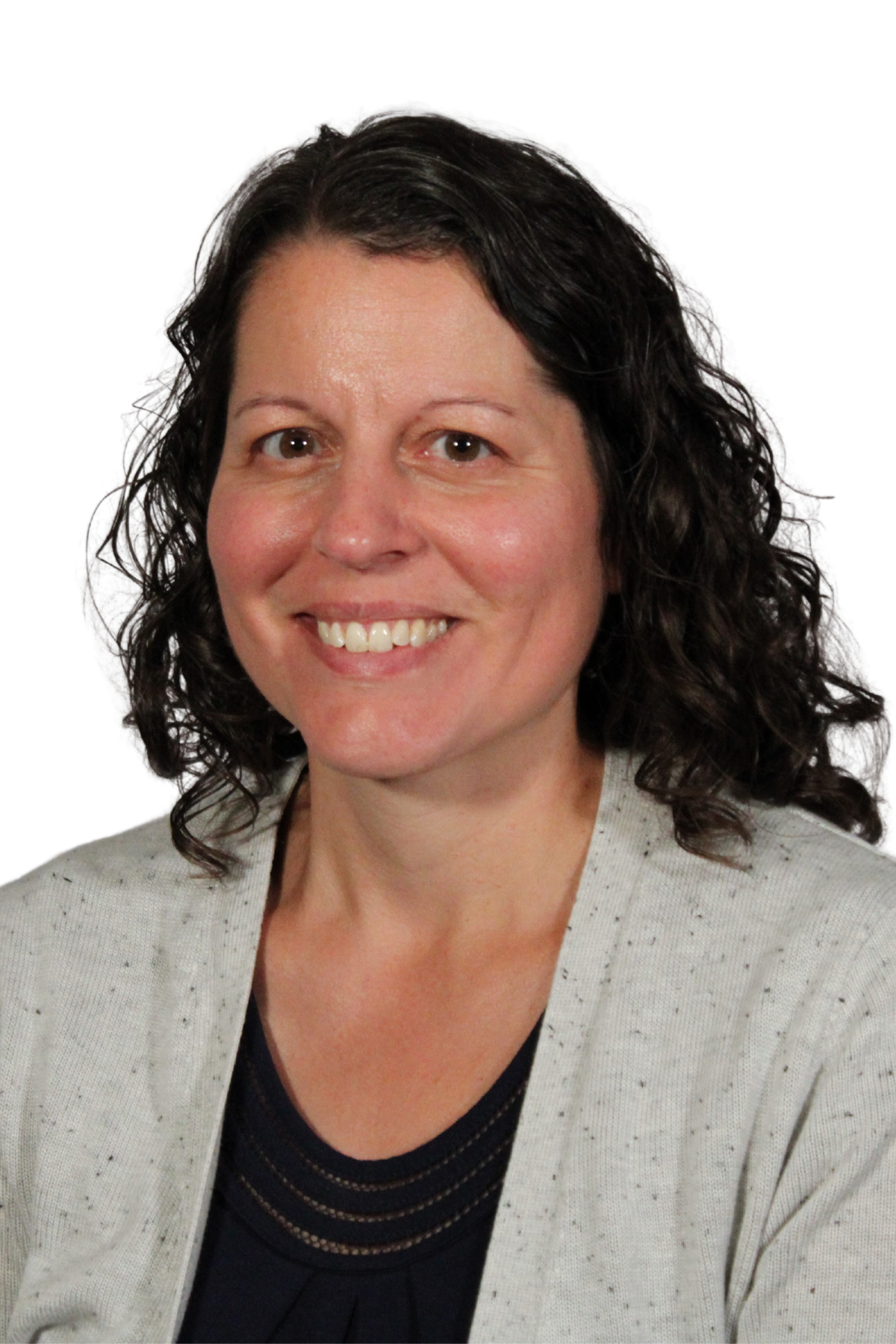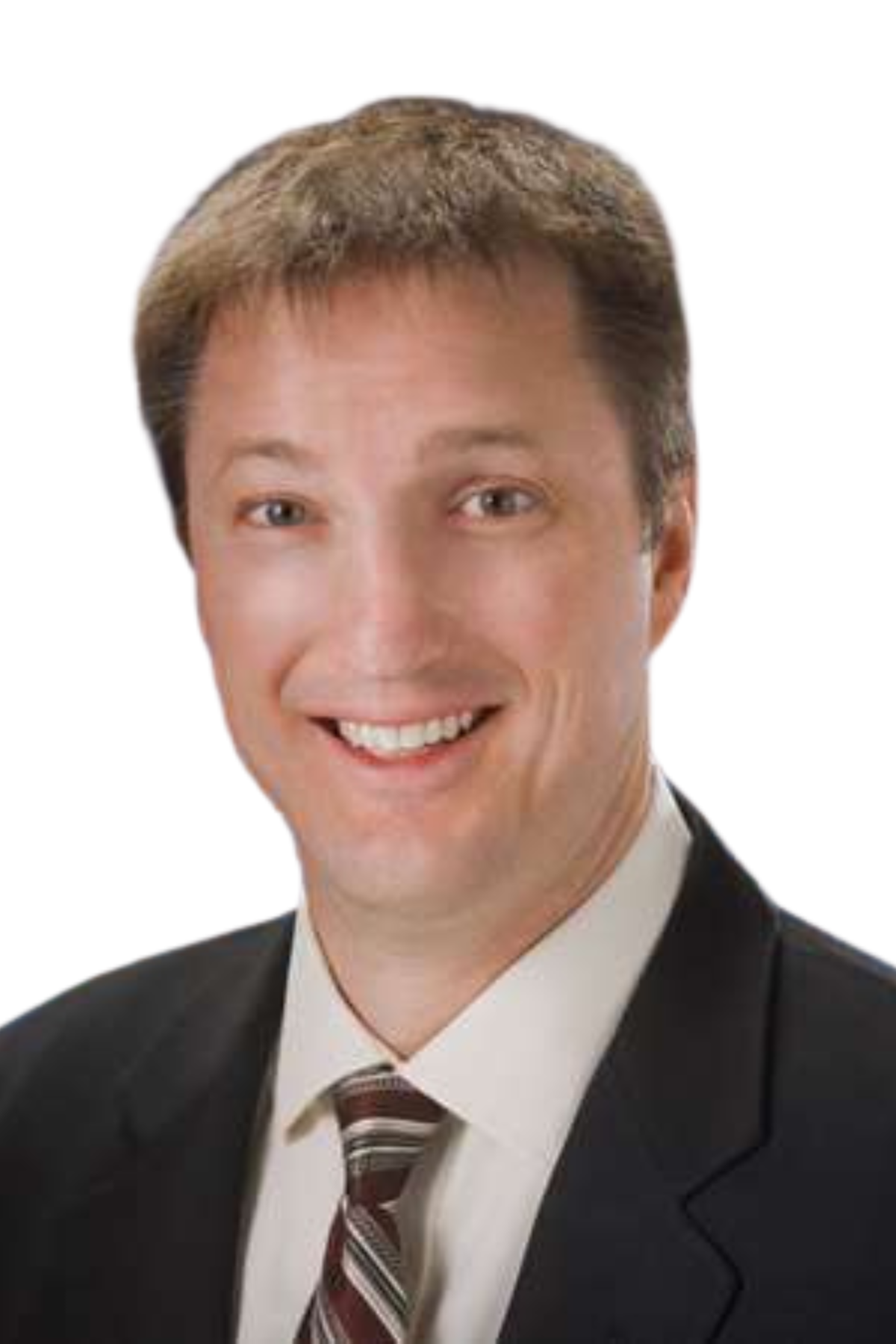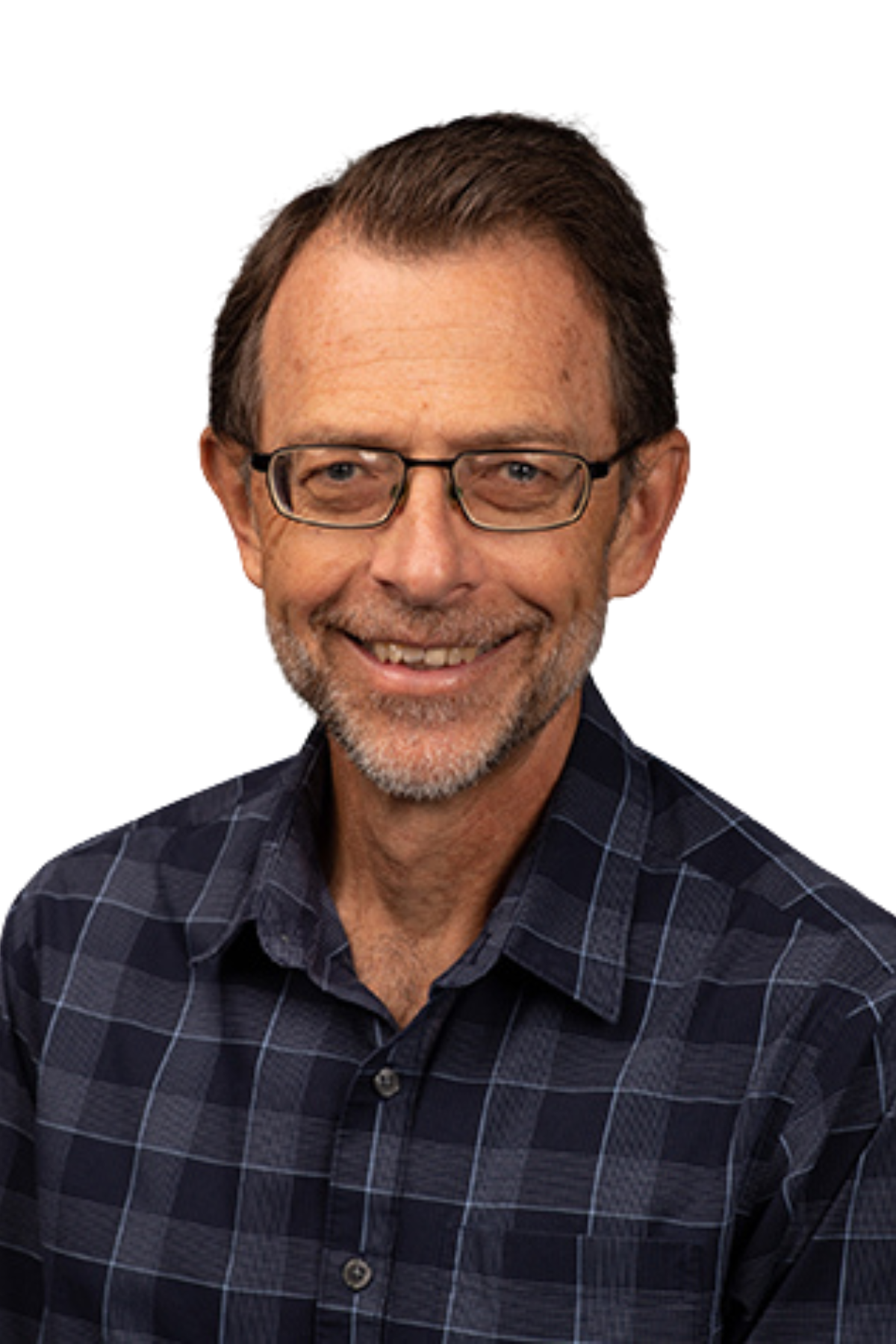More about our program
Family physicians serve as the primary faculty, and other specialist attendings complement the teaching rotations. The residency faculty oversee the educational and evaluation process of the program. They also coordinate specialty rotations with community and university physicians who are dedicated to teaching residents. The basic three-year curriculum is explained on this website. The program was designed so residents can individually tailor it to meet their needs and interests.
In addition to the required and elective rotations, there is an “in-house” curriculum which consists of daily noon conferences encompassing various disciplines, complemented by other scheduled conferences and journal clubs. These meetings ensure broad exposure to the wide variety of problems encountered in family medicine and give insight to those conditions which are not so common.
The outpatient experience increases as the residents progress through the program and develop a “practice.” The residency is fortunate to have a patient population that spans all age groups and socioeconomic levels. The patients that the residents encounter at the Center for Family Medicine are a true cross-section of the community. The residents will experience similar patient diversity in private practice. Falls Community Health Center patients generally represent an underserved population and provide unique challenges and learning opportunities.

